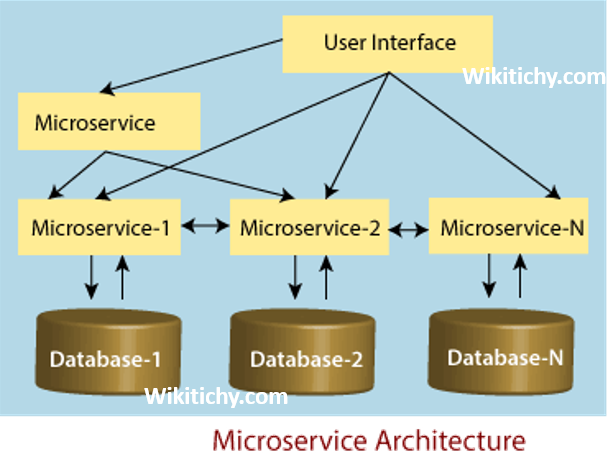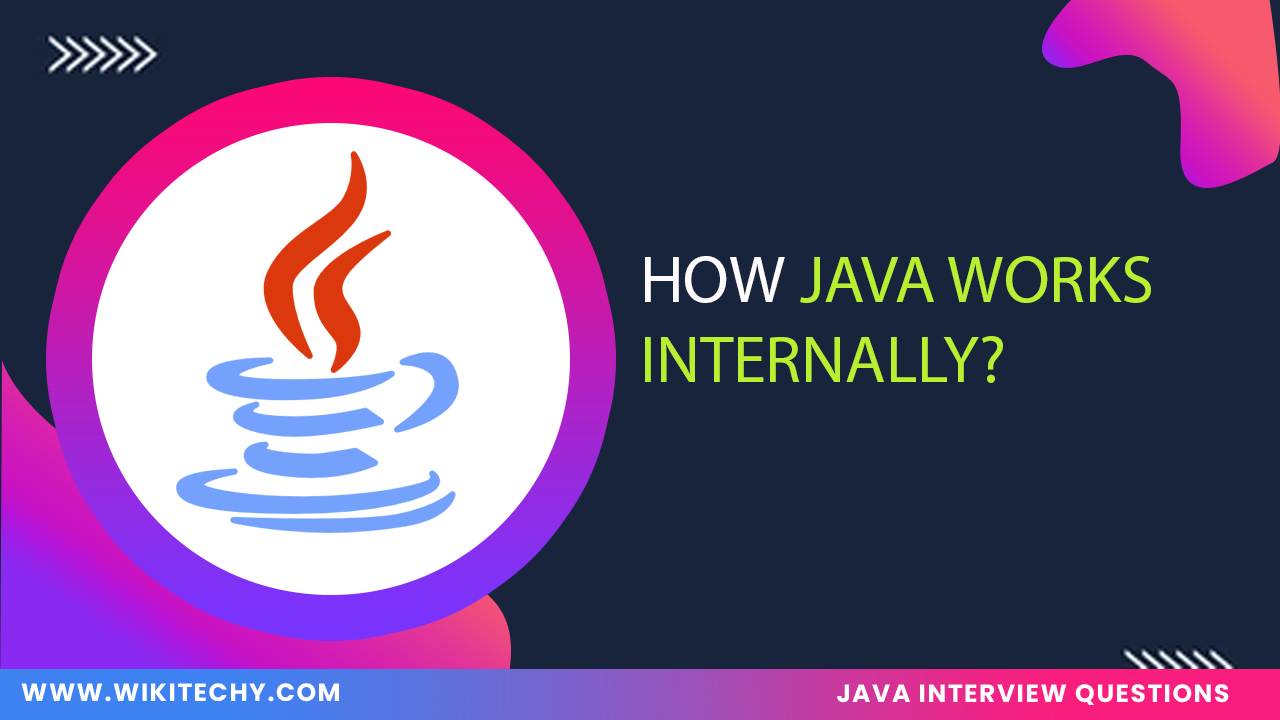Definition:
Microservices is an architectural style that structures an application as a collection of small, autonomous services modeled around a business domain. Each service is independently deployable, and loosely coupled, and communicates over lightweight protocols, such as HTTP. Java is commonly used in microservices architecture due to its rich ecosystem, libraries, and frameworks like Spring Boot and Dropwizard, which simplify building microservices.

Example:
Consider an e-commerce application:
- Order Service: Manages orders.
- Product Service: Handles product catalog and inventory.
- Payment Service: Processes payments.
- User Service: Manages user information.
Features of Microservices:
- Each microservice can be developed, deployed, and scaled individually.
- Services are minimally dependent on each other.
- Failure in one service does not directly affect others.
- Each microservice can be built using different programming languages or technologies.
- Each service can have its own database, reducing dependency on a centralized database.
- Services can be scaled independently to meet specific needs.
Advantages of Microservices in Java:
- Individual services can be scaled independently based on demand.
- Teams can develop and deploy services independently, enabling quicker release cycles.
- Failure in one service doesn’t lead to a complete system crash.
- You can use different technologies for different services, improving flexibility.
- With smaller, more focused codebases, services are easier to maintain and update.
- Specific services can be optimized and scaled as needed.
Common Uses of Microservices:
- Where various services like catalog, payment, and shipping need to scale independently.
- Services like accounts, transactions, and payments are modularized for better control and scalability.
- Netflix uses microservices to scale services like streaming, billing, and recommendation engines.
- Microservices manage features like messaging, notifications, and user feeds independently.
- Microservices handle patient records, appointment scheduling, billing, etc., separately for flexibility and performance.





